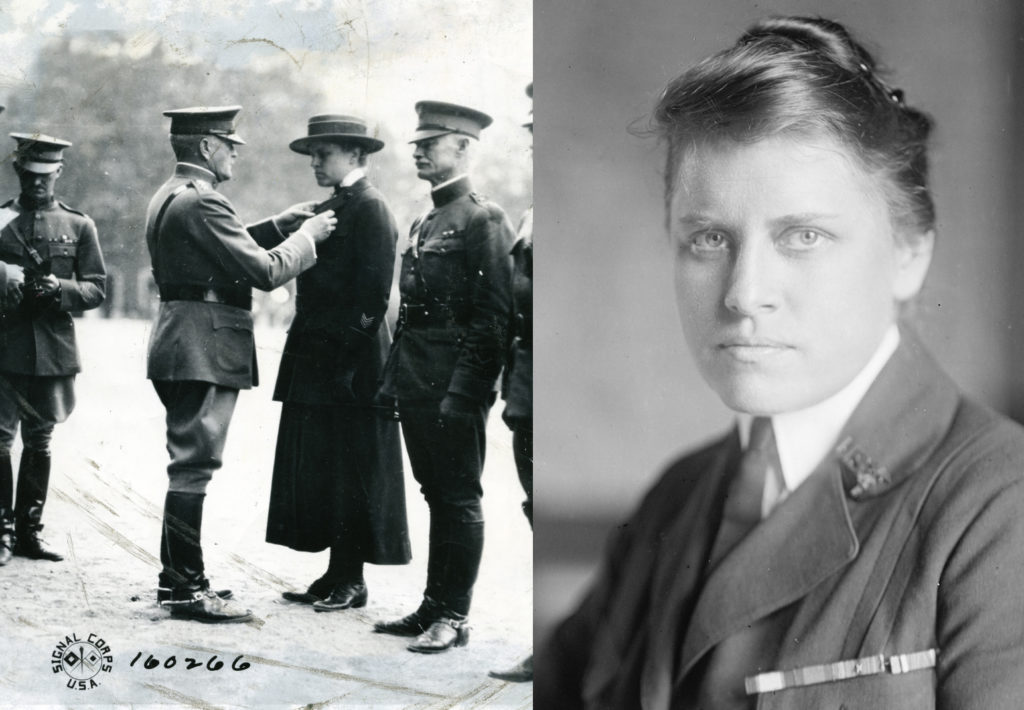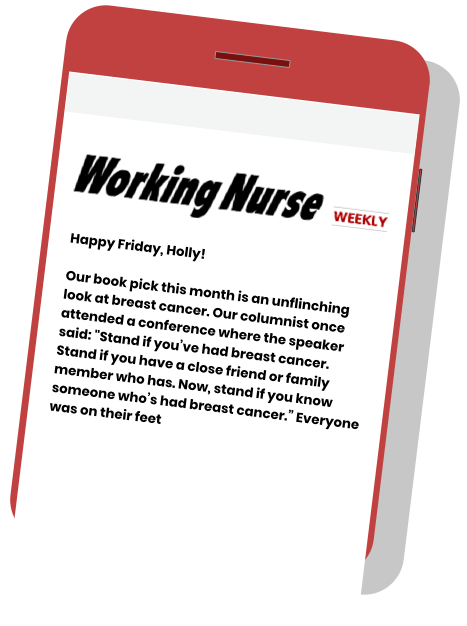Profiles In Nursing
Col. Julia Stimson (1881–1948), Army Nurse Corps Superintendent
A decorated officer, she led 20,000 nurses during WWI

Once the highest-ranking woman in the U.S. Armed Forces, Julia Catherine Stimson, RN, served her country as a nurse, a social worker and a leader — including an 18-year tenure as superintendent of the Army Nurse Corps, the longest term in the Corps’ history.
Overcoming Personal Pain
Born in 1881 in Worchester, Mass., Stimson began her nurse training at New York Hospital in 1904. Becoming a nurse demanded significant personal sacrifice: Stimson suffered from a chronic ulcerative skin condition, which caused her significant pain throughout her schooling (and her later career). Despite frequent surgeries and bouts of bedrest that delayed her graduation, she persevered and ultimately graduated in 1908.
Stimson’s nursing career began at Harlem Hospital, where she was instrumental in developing a medical social service to support patients after discharge. This work led to executive positions, including heading the medical social services department at St. Louis Children’s Hospital.
From Social Work to Textbook Author
In this role, Stimson became a pioneer in yet another field, serving as one of the first professional social workers in St. Louis. Her success was not without its challenges. She faced opposition and skepticism as she advocated to grow the social services program and sought to win the approval of St. Louis Children’s physicians.













